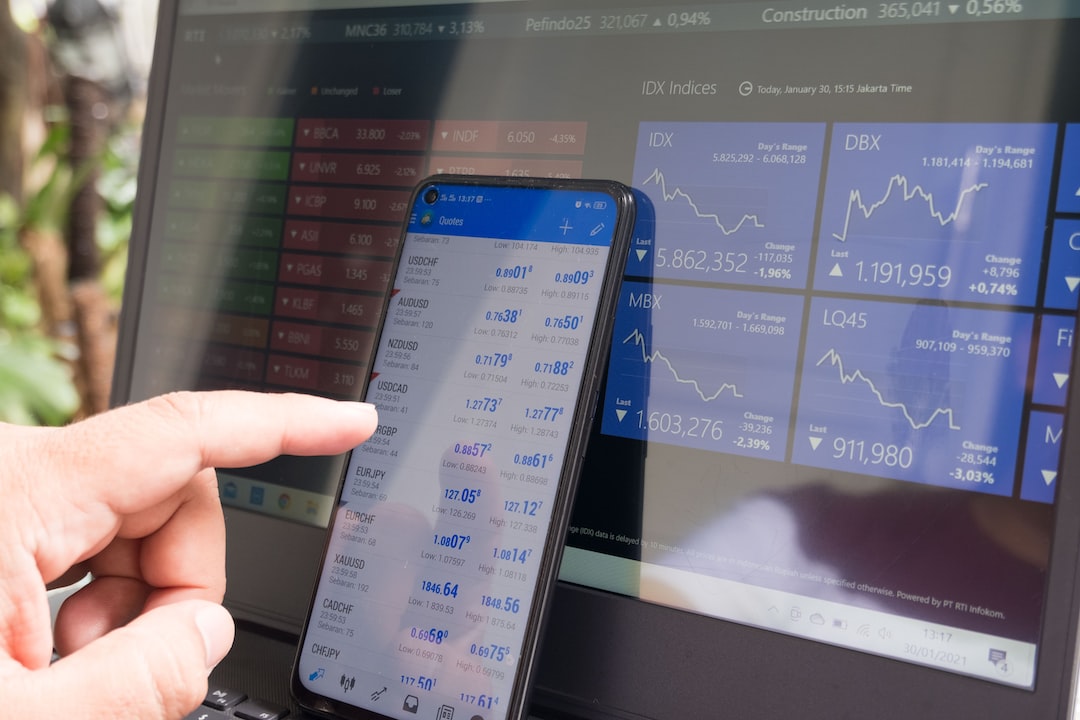When it comes to remitting large forex from State Bank of India, there are a few steps that need to be followed in order to ensure a smooth and hassle-free transaction. Forex remittance refers to the transfer of money from one country to another in a foreign currency. This can be done for various reasons such as business transactions, education fees, medical treatments, or even personal travel.
Step 1: Know your purpose and eligibility
Before initiating a forex remittance, it is important to identify the purpose of the transaction and ensure that you meet the eligibility criteria set by the Reserve Bank of India (RBI). The RBI has strict guidelines in place to monitor and regulate forex transactions in order to prevent money laundering and other fraudulent activities.
For instance, if you are a resident Indian looking to remit forex for personal travel, you can avail of the Liberalized Remittance Scheme (LRS) which allows you to remit up to $250,000 per financial year for various purposes such as education, medical treatment, or investments. However, if you are an NRI or a foreign national, different rules may apply.
Step 2: Choose the mode of remittance
Once you have identified your purpose and eligibility, the next step is to choose the mode of remittance. State Bank of India offers various options for forex remittance such as wire transfer, demand draft, or online transfer through their internet banking portal.
Wire transfer is the most common mode of remittance as it allows for quick and secure transfer of funds to the beneficiary’s account. However, it is important to ensure that you have the correct details of the beneficiary’s account such as the account number, name, and SWIFT code.
Step 3: Complete the documentation
Before initiating the forex remittance, you will need to complete the necessary documentation as per the RBI guidelines. This includes filling out the Foreign Outward Remittance Application Form (FEMA) which requires details such as the purpose of the remittance, the amount, and the beneficiary’s details.
Depending on the purpose of the remittance, additional documents may be required such as a copy of the passport for personal travel, or a certificate of admission for education fees. It is important to ensure that all the documents are in order and submitted along with the FEMA form to avoid any delays or rejections.
Step 4: Initiate the remittance
Once the documentation is complete and submitted, the next step is to initiate the remittance. State Bank of India offers various channels for initiating the remittance such as through their branches, online through their internet banking portal, or through their mobile app.
It is important to ensure that the correct details are entered while initiating the remittance to avoid any errors or delays. Once the remittance is initiated, the bank will typically provide a confirmation or reference number which can be used to track the status of the transaction.
Step 5: Track the status
After initiating the remittance, it is important to keep track of the status of the transaction. State Bank of India provides various channels for tracking the status such as through their internet banking portal, mobile app, or by contacting their customer care.
It is important to ensure that the beneficiary has received the funds and that there are no issues or delays in the transaction. In case of any issues, it is important to contact the bank immediately to resolve the same.
In conclusion, remitting large forex from State Bank of India can be a simple and hassle-free process if the necessary steps are followed. It is important to ensure that the purpose and eligibility are identified, the correct mode of remittance is chosen, the documentation is completed, and the remittance is tracked to ensure a successful transaction.






